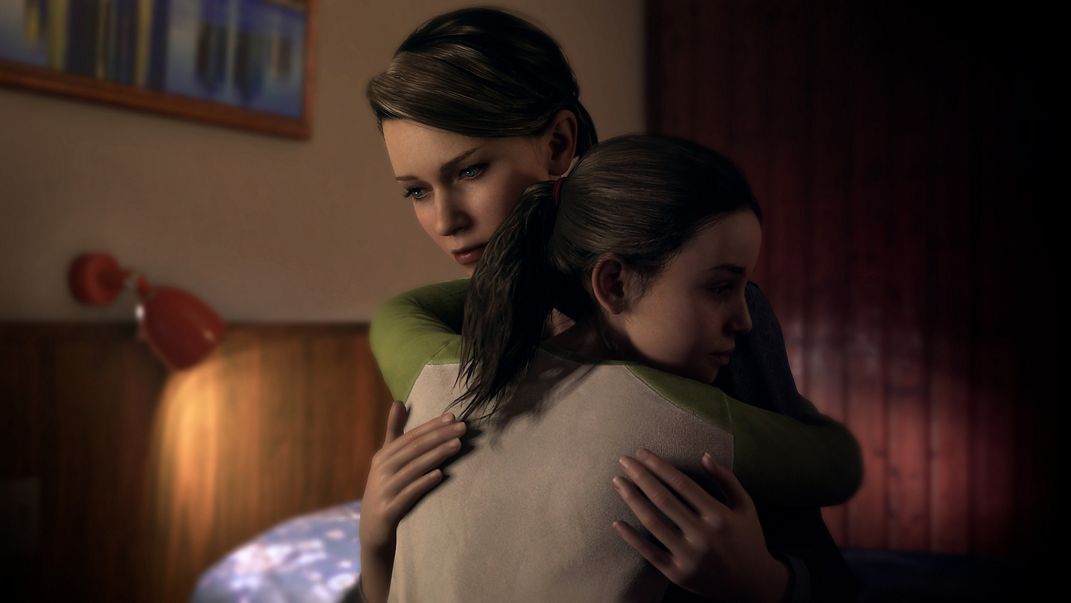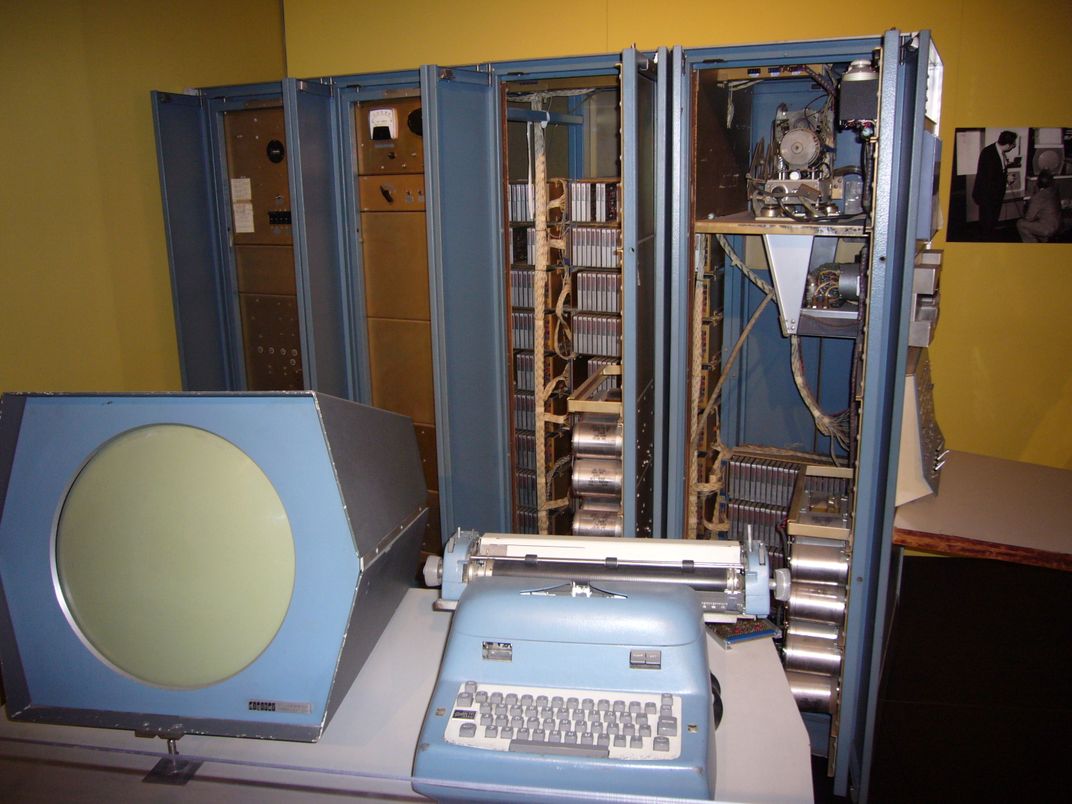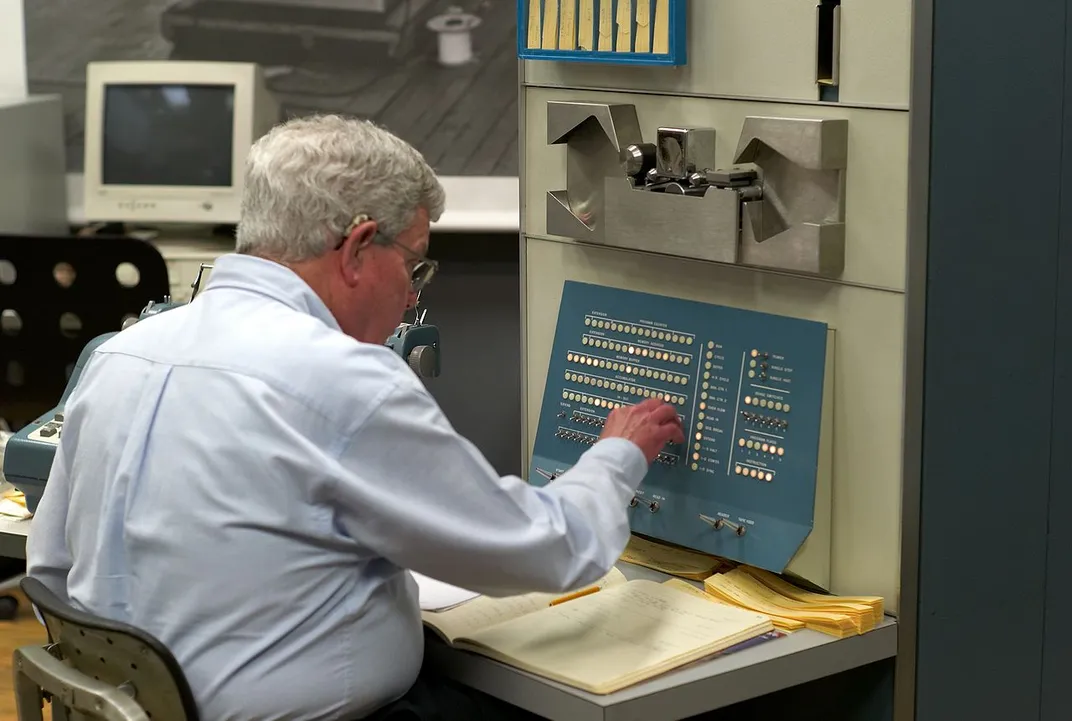How the First Popular Video Game Kicked Off Generations of Virtual Adventure kiến thức mới năm 2023

How the First Popular Video Game Kicked Off Generations of Virtual Adventure – Cập nhật kiến thức mới nhất năm 2023
In the cultural landscape of 2018, television games are difficult to ignore. Consumers have been drawn to games this year in record numbers, partaking not only of lighthearted multiplayer romps like Fortnite and Overwatch but besides emotionally taxing narratives such as the inquisitive sci-fi odyssey Detroit : Become Human and the sweep western tragedy Red Dead Redemption 2. There is a growing mainstream awareness that video recording games can, and much do, constitute genuine art. The average is in the midst of a aureate age .
Rewind about six decades and the same could not be said. In fact, in 1960, “ popular video games ” would have been an oxymoron. Programmers with access to the loom and temperamental computers of the era worked on games here and there, but none had the magic trick needed to proliferate countrywide. That is, until a group of enterprising MIT students concocted a bare but enthralling program called Spacewar !, which debuted in 1962 on the Digital Equipment Corporation ’ s PDP-1 machine and promptly caught burn.
The seven living members of the eight-person team responsible for this seminal game—Martin Graetz, Steve Russell, Robert Saunders, Steven Piner, Wayne Wiitanen, Dan Edwards and Peter Samson ( Alan Kotok passed off in 2006 ) —gathered recently at the Smithsonian ’ s National Museum of American History to discuss their digital craft. Interviewing the empanel was games diligence legend Christopher Weaver, founder of Bethesda Softworks .
Spacewar !, Weaver says, was “ ampere involving as it was entertaining. ” Its players found the mechanics of the plot deoxyadenosine monophosphate irresistible as the supermassive star situated at the center of the riddle .
The premise of Spacewar ! was simple—an interstellar dogfight between two torpedo-equipped craft. Steve Russell recalls his inaugural idea : “ It would be neat if person built a starship trainer, because [ lie ] people didn ’ metric ton understand how starship slide and thus on. ” It occurred to Russell that MIT ’ s just-acquired PDP-1 computer—provided by the Digital Equipment Corporation ( DEC ) for “ educational use ” —would be the ideal platform for such a pretense. “ It ought to be potential on the PDP-1, which had a display, to give people a starship they could control, and learn something about. ”
Martin Graetz says that the group of engineers shared a love of popular space media. “ We were reasonably thoroughly steeped in the novels of ‘ Dr. ’ E. E. Smith, ” he says, “ and all the bad science-fiction movies that came out of Toho Studios in Japan. ” possibly most crucially of all, the homo who gave the boys the green light to use MIT ’ s $ 120,000 newfangled toy to develop their video game, Professor Jack Dennis ( besides in attendance at the event ), was the faculty adviser for the Science Fiction Society .
When Russell ’ s ally Alan Kotok presented him with the sine and cosine routines he needed to bring his estimate to fruition, the Spacewar ! concept took trajectory. The first version of the game, which Russell whipped up in the span of just a few weeks, allowed a pair of players to square off on a black plane populated with cosmetic, randomly generated white stars. At the center of the display sat a deadly supermassive star, but the lone physical forces Russell implemented in his alpha adaptation were the thrusts on the two spacecraft and their torpedoes, sol avoiding this guess was superficial for combatants .
Word of Russell ’ s accomplishment cursorily got around at MIT ’ s uber-nerdy Model Railroad Club, whose elaborate projects in direct-current circuitry had prepared Russell and his friends for the rigors of digital game development. It wasn ’ t retentive ahead many took an concern in improving upon the foundational Spacewar ! template .
Peter Samson came through with a snazzy upgrade to the Spacewar ! aesthetic, replacing the randomly generated star chart of Russell ’ s game with an authentic backdrop culled directly from the actual nox sky. tied more impressive, Samson worked in code to continually update the star map based on the duration of time for which players had been playing. “ You got different stars if you played for excessively long, ” Russell explains. “ That made it a much better game. ” This implementation of seasonal pas seul prefigured the breathless weather patterns of contemporary open-world venture games—a sincerely noteworthy accomplishment for the early on 1960s.
But the feature of Spacewar ! most directly creditworthy for its meteoric arise to fame was the addition of graveness to the supermassive headliner. It was Dan Edwards whose clever compiling freed up enough memory to implement these new calculations, and his alteration paid off in a big manner. Giving the star a gravitational tug—and the players limited fuel—heightened the tension of the game, and opened the door for stable orbits, slingshot maneuvers and other crafty strategies. In an instantaneous, Spacewar ! went from fun diversion to deep tactical challenge. MIT students reserved prison term with the PDP-1 just to get their hands on the game .
The developers of Spacewar ! besides added a dangerous “ hyperspace ” feature of speech, which allowed novice players to teleport out of a compressed touch at the risk of ad-lib end or an unfortunate random respawn. Elite players turned their noses up at the hyperspace option— “ It was something you could use, ” Martin Graetz remembers, “ but you didn ’ t actually want to. ” But the hyperspace button made the game accessible, and allowed evening more curious students to fall under the game ’ s sway .
then universally appealing was Spacewar ! that, following the crippled ’ s completion in the bounce of 1962, those who had worked on it saw fit to present their open-source code to DEC—the makers of the PDP-1—at a company conference. Those who saw the crippled show were beyond impress, and Spacewar ! cursorily became a beloved preload on all PDP-1 machines installed thereafter .
“ Spacewar ! was happily demonstrated as something apprehensible on a calculator which was viewed as charming and inexplicable, ” Russell says. And though merely 53 PDP-1 ’ second were ever released, the cultural impact of Spacewar ! reverberated across the country. Students at universities far and broad adapted the open-source code to run it on whatever machines they were using. Spacewar ! proved that video games made with heart could be addicting entertainment, and gave rise to the arcade polish of the decades to follow. Spacewar ! itself has aged unusually well, and to this day enjoys a cult following on Steam and other platforms .
At the decision of the panel discussion on Spacewar !, each of the game ’ s seven life coauthors received an Academy of Interactive Arts and Sciences Pioneer Award—an honor “ reserved for individuals whose make has helped shape and define the interactional entertainment diligence through the initiation of a technical access or the introduction of a raw genre. ”
The Smithsonian ‘s Lemelson Center for the Study of Invention and Innovation has launched an enterprise to preserve the bequest of video game pioneers .
Recommended Videos
Kết thúc
Ngoài các bài viết tin tức, bài báo hàng ngày của https://www.kythuatcodienlanh.com/, nguồn nội dung cũng bao gồm các bài viết từ các cộng tác viên chuyên gia đầu ngành về chuỗi kiến thức kỹ thuật điện, điện lạnh, điện tử, cơ khí,…,.. được chia sẽ chủ yếu từ nhiều khía cạnh liên quan chuỗi kiến thức này.
Bạn có thể dành thời gian để xem thêm các chuyên mục nội dung chính với các bài viết tư vấn, chia sẻ mới nhất, các tin tức gần đây từ chuyên gia và đối tác của Chúng tôi. Cuối cùng, với các kiến thức chia sẻ của bài viết, hy vọng góp phần nào kiến thức hỗ trợ cho độc giả tốt hơn trong hoạt động nghề nghiệp cá nhân!
* Ý kiến được trình bày trong bài viết này là của tác giả khách mời và không nhất thiết phải là SEMTEK. Nhân viên tác giả, cộng tác viên biên tập sẽ được liệt kê bên cuối bài viết.
Trân trọng,
Các chuyên mục nội dung liên quan







